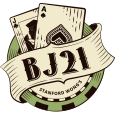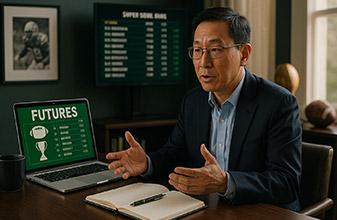Newbie counter here ...
Earlier I asked a few general questions, one of which was 'Is there any correlation between counts from one shoe to the next'.
The answer, generally, was 'NO'; the shuffle effectively removes any correlation so that, for example, in a 6-deck shoe where the true count ended at +2 the shuffle randonizes the deck such that there is no increased percentage of the next deck ending in a positive count.
Okay, this seems reasonable. However, in an article
( http://www.bjmath.com/bjmath/playing/tracking.htm ) I read that certain types of shuffles DO randomize the deck fairly well (i.e.: stutter shuffle) and others don't (i.e.: zone shuffle).
Is this article correct? If so, is the ramification for a zone-type shuffle that if the count ends very negative or positive, and depending on where the unplayed cards are placed back in the deck that SOME correlation can be assigned to how the deck will play out. For example, if the count ends very negative I know that the ratio of low cards in the unplayed portion is very high. If that the dealer uses a zone-type shuffle and that 'pile' (the unplayed cards from the previous show) is placed on top of the deck, and the cut card is placed in the middle or near the top of the deck, then can I assume that a greater ratio of high cards will be coming out the show near the beginning of the shoe. If so, I can use that information usefully. The opposite (where I know that the shoe will start w/ a high number of low cards) is that I can take a break, make a phone call, etc.
Or am I just on crack?
Thanks,
John










